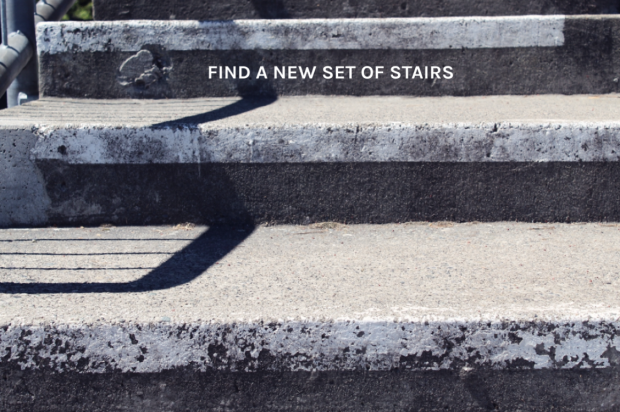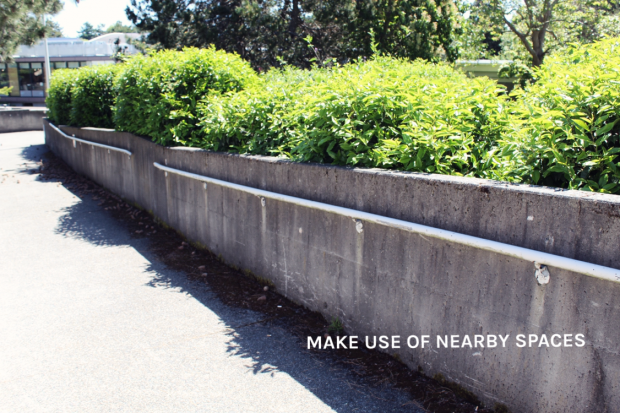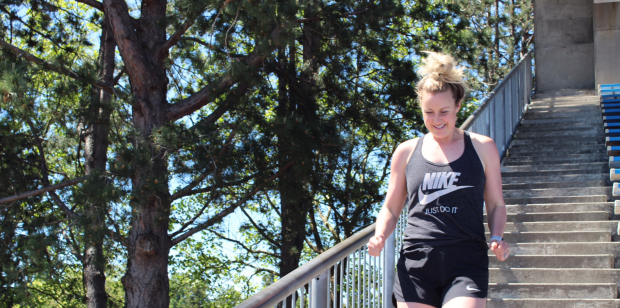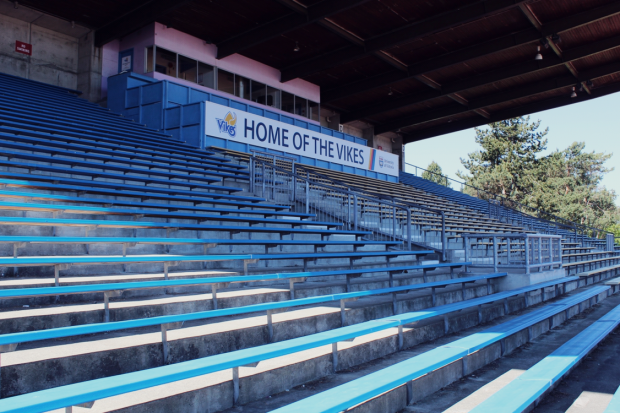 For this month’s topic, I immediately thought who better to seek advice from than our very own Alison Quinlan. She is a long-standing member of our research team and I can quite honestly say I can’t think of anyone who finds more ways to incorporate physical activity into their daily routine. While I’m sure her dedication to an active lifestyle is a combination of several factors, I truly believe she is a master at creating opportunities for physical activity. Below is an interview with the amazing and always inspiring Alison…
For this month’s topic, I immediately thought who better to seek advice from than our very own Alison Quinlan. She is a long-standing member of our research team and I can quite honestly say I can’t think of anyone who finds more ways to incorporate physical activity into their daily routine. While I’m sure her dedication to an active lifestyle is a combination of several factors, I truly believe she is a master at creating opportunities for physical activity. Below is an interview with the amazing and always inspiring Alison…
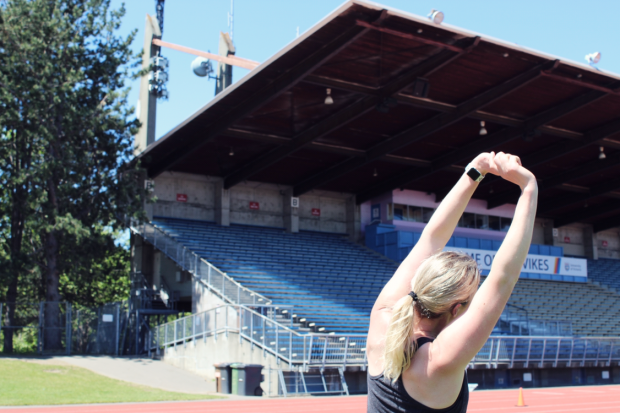 Who are you, what do you do, and why is leading an active lifestyle important to you?
Who are you, what do you do, and why is leading an active lifestyle important to you?
Thanks for inviting me to speak on a topic I am so passionate about! I started working at the Behavioural Medicine Lab while pursuing my master’s in kinesiology at UVic a number of years ago and absolutely loved the research the lab was doing. I have always had a passion and curiosity towards the connection between lifestyle and health and recently returned to school to become a registered dietitian. I hope to combine my background in physical activity with nutrition in my work in the future.
Leading an active lifestyle is so important to me for a number of reasons. I think the biggest one is for my mental state. I find activity acts as a stress release and improves my overall mood. I also find living an active lifestyle benefits so many other areas of my life, such as helping me sleep at night, having more energy, and being more productive at work. I’ll be honest, there are times when I may not necessarily want to get out of bed in the morning to get in some activity or am feeling too tired later in the day and would rather read or watch TV, however, knowing how much better I will feel afterwards is almost always enough to get me out the door!
What are some strategies you use to fit physical activity into your workday?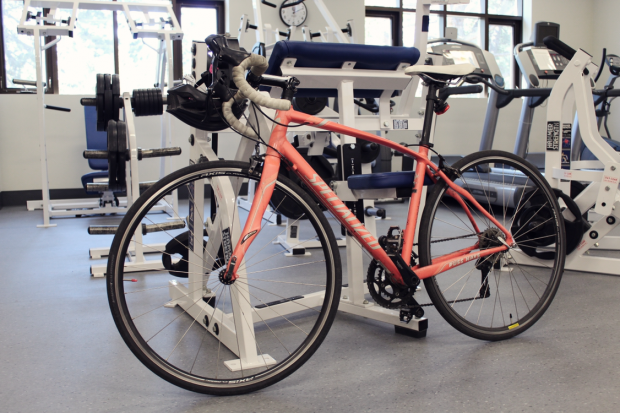
I seek out any opportunity that I can to be active. I try and either wear active clothes and runners to work or pack them with me just in case there is an opportunity to go run some stairs or go for a power walk. I recently decided to park my car at my parent’s house out in Sidney to encourage me to bike more, so now I bike to and from work each day. I also try and make an effort to get outside for some exercise during the day and often will coordinate with another lab member to do a walking meeting or go run some stairs. We are so fortunate here on the island in that we have easy access to great trails, running tracks, stairs to run, and beautiful scenery all of which are conducive to being physically active.
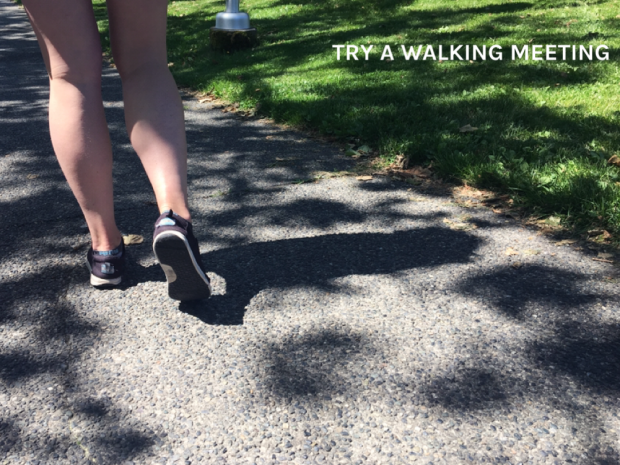 How do you think our lab culture influences your ability to be active at work?
How do you think our lab culture influences your ability to be active at work?
Our lab culture plays a huge role in influencing my ability to be active and this is something I am extremely grateful for. For example, everyone is on the same page about the importance of physical activity and therefore it is always encouraged to get up and move. We all understand how valuable physical activity is for our productivity and overall well-being. There is gym equipment at our lab which we are encouraged to use and there always seems to be someone to go run some stairs with or just get outside for a quick power walk. I find having a supportive and encouraging environment to be physically active really influences my ability to be active during the workday.
What do you do to create active opportunities for yourself at home?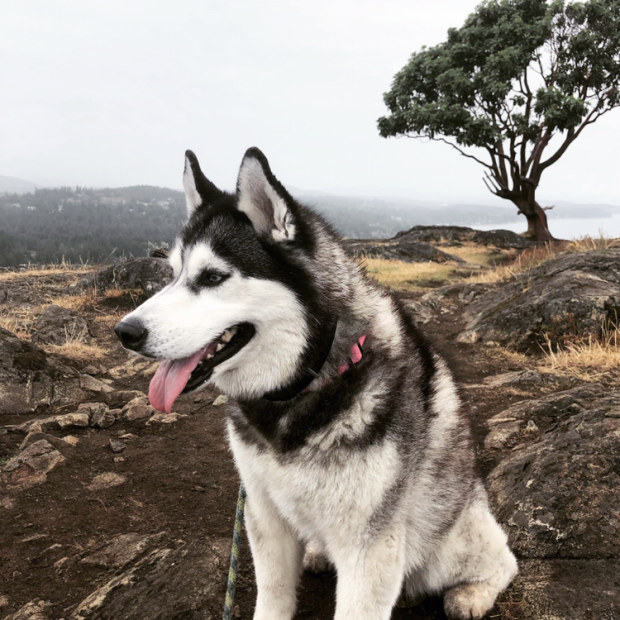
I have a few simple pieces of equipment at home such as a kettlebell and some free weights that I use if I am tight on time or if the weather is lousy. However, if I am being completely honest, I find it quite challenging to be active at home. Between my dog coming and pawing me or other people being around in the same room, it always seems to get interrupted. With that being said, I do incorporate some strategies at home that make it easier to be physically active. I have my bike accessible and tuned up so that I can easily hop on it at anytime. I lie my gym clothes out the night before if I am planning on getting in a morning workout so that I can get a few extra precious minutes of sleep. In our house we have a big whiteboard where we write up activities we want to do such as spikeball or tennis and we have these activities by the door ready to go. I also have a husky who is always letting me know to get up and take her for a walk!
What role do your friends and family play in your active lifestyle?
My family and friends play a huge role. My parents have always been active and really modelled a physically active lifestyle for my brother and I. In fact, my dad just completed his 20th marathon at the age of 67! My family has always encouraged me to be active without it ever being forced. I am very fortunate in that physical activity has always been portrayed as something fun to do.
My friends also play a huge role as they provide a strong social network to go do different activities with. We often arrange to meet up after work to go run stairs or jog along Dallas road or go to the gym. Scheduling activities with a friend definitely helps keep me accountable.
What are your top five tips for creating opportunities for physical activity?
-Find and create a social network of people who also like to be physically active and can support you. Having friends and family to go do activities with can help you stay on track when your motivation might be low.
-Build activities into your daily schedule such as walking to the grocery store or biking to work.
-Do activities you enjoy and keep them accessible. We keep our favourite equipment ready to go such as ensuring a basketball is always pumped up and our tennis racquets and tennis balls are by the door ready to grab and go.
-Set your exercise gear out the night before. Whether that be a packed gym bag ready to go in the morning, putting your runners out by the door or laying out a yoga mat.
-Take advantage of the amazing environment we live in! Go find a new set of stairs to run, check out a hike with a spectacular view at the top or go for a walk along the ocean.
Summary
As always, this interview with Ali did not disappoint. She is full of wisdom and great ideas for creating opportunities for physical activity. Above all, it is clear that she manages to make her environment conducive to physical activity in many ways! Based on her insights, it also seems social support is a key factor in her regular physical activity. This aligns with M-PAC which posits that intention formation is grounded in one’s appraisal of whether they have the time and access to perform physical activity. In other words, your perception of whether you have the opportunity for physical activity is an important motivational factor, and it is something that you can shape by restructuring your environment.
So in short, focus on ensuring your physical and social environment makes physical activity an easy choice. This can be achieved by making use of what your local neighbourhood has to offer, having grab and go activities handy, or keeping accessible equipment or pre-planned activities for busy days. Of equal importance is maintaining a physical activity support system. By sharing physical activity goals and practices with our colleagues, friends, and loved ones, not only do we hold each other accountable, we increase our connectedness all while improving our motivation to be active! Stay tuned for more on the importance of social support next month…
Further Reading
Bauman, A., Reis, R., Sallis, J., Wells, J., Loos, R., & Martin, B. (2012). Correlates of physical activity: why are some people physically active and others not? The Lancet, 380, 258-27.1
Beauchamp, M. R., & Eys, M. A. (Eds.), Group Dynamics in Exercise and Sport Psychology (second ed., pp. 203-221). New York: Routledge.
Kaushal, N. & Rhodes, R.E. (2014). The home physical environment and its relationship with physical activity and sedentary behavior: A systematic review. Preventative Medicine, 67, 221-237.
Sallis, J. F., Bull, F., Guthold, R., Heath, G. W., Inoue, S., Kelly, P., . . . Hallal, P. C. (2016). Progress in physical activity over the Olympic quadrennium. The Lancet, 388, 1325e1336.

